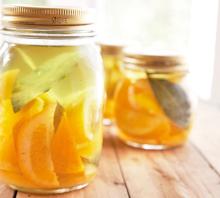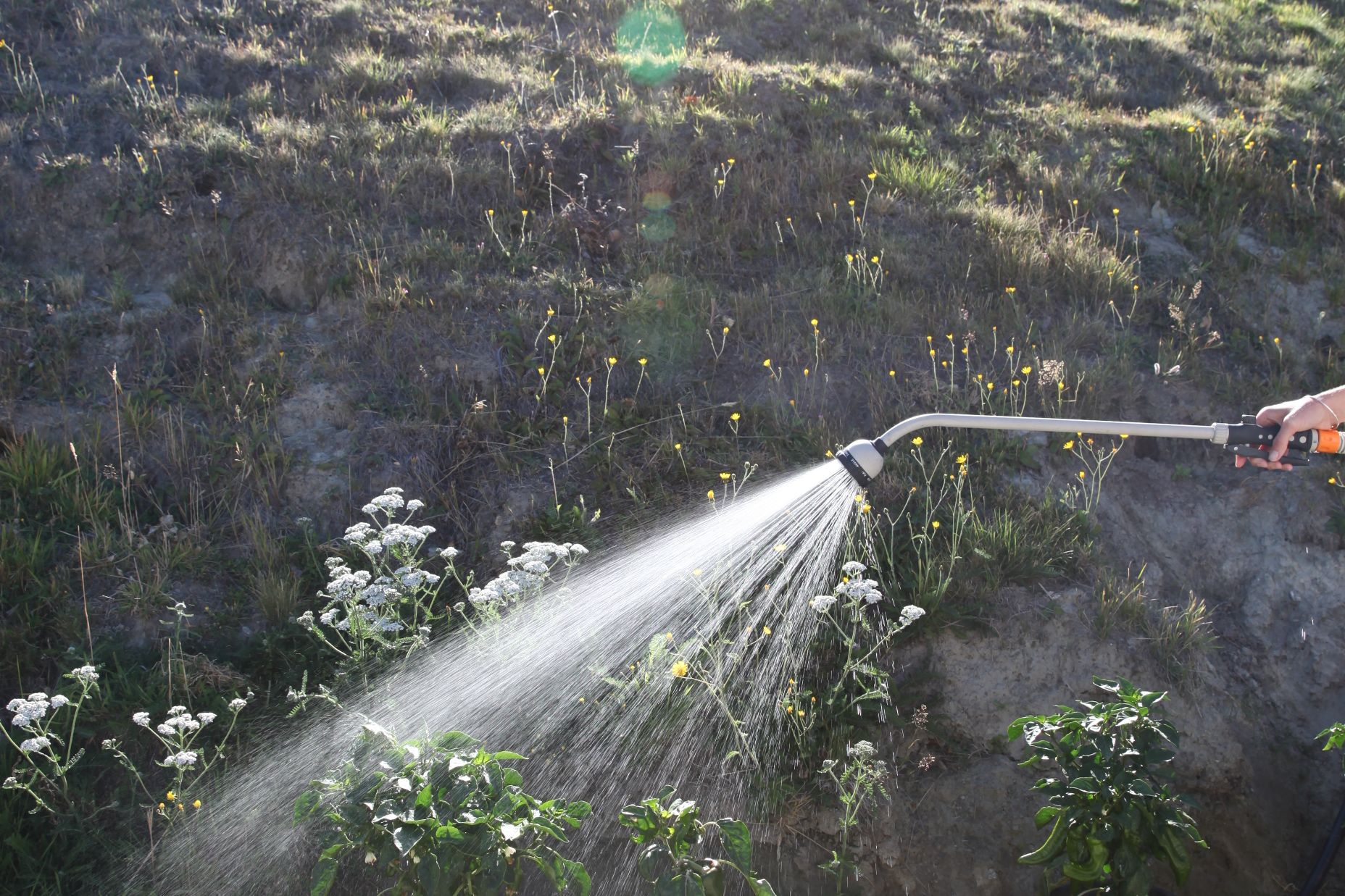
COOKING
|
VEGETABLES
A Guide to Pickling & Preserving
By Annabel Langbein
Save Article
The Bounty of Nature
Every summer when we were growing up, my mother would spend several weeks bottling the season’s harvests for the pantry. Our tiny kitchen was transformed into a full-blown canning and pickling production line, and just getting in the door involved clambering over cases of produce and navigating your way carefully around masses of glass jars, lids, and bags of sugar. In the early mornings, my mother would head down to the auction markets, returning with a bootload of loot before we were even up for breakfast.
I used to love going with her on these early morning expeditions, which felt like a city-side version of hunting and gathering. We would zoom into town in the big red Plymouth, and I remember whizzing through the empty streets during that soft, almost surreal time of the morning before the city woke up. Arriving at the markets was like entering another world — wide awake, brightly lit, noisy, and packed with greengrocers, growers, trollies, and the rallying calls of deep-throated auctioneers. My mother had her drill down pat. First to the counter to register and get her number, then a reccie to find the fruit she wanted before the bidding started. There were usually some cases left over from a bidding line, and my mother would be out there with her little numbered card, hollering things like “six cases for 27 on the apricots” or “four for 27 on the golden queens”.
This wasn’t the mother I knew at home, this savvy little lady hustling for a deal in a sea of boisterous men. Even though I don’t go to anywhere near the same lengths as my mother did to fill our pantry (her mammoth efforts allowed us to enjoy home-bottled fruit for breakfast every morning right throughout the year), I always like to put up a couple of dozen jars of peaches, apricots, figs, and cherries — my emergency stash for those dinners when I need to summon a dessert like Flambeed Peaches out of nowhere.
Even more than preserving jars of fruit in syrup, I love to regularly make little batches of jams, pickles, and chutneys. You don’t need big quantities of produce; even a kilo will lend you a handful of small jars, and the results are a fabulous way to feel resourceful at the same time as creating some signature flavours for your table and to give as gifts to your friends and neighbours.
A few bottles here and there take up the season's excess harvests and can be made in less than an hour. Through summer and late autumn it’s the perfect time to bottle up flavours for later in the year when harvest offerings are meagre. The virtues of having homemade preserves go way beyond money.
Making a few special things that you can't buy in the shops (or that are expensive) is a great springboard to effortless cooking and entertaining. It becomes more a matter of assembly to create yummy starters, fillings, condiments, slow-baked casseroles and even dessert, with ingredients that have your individual stamp.
Clean jars, a hot oven, and boiling water are all you need to ensure success.
- Sterilise clean jars in a 100ºC oven for 15 minutes, or dunk into water to wet all over and microwave individually for 1 minute each.
- Re-use cleaned pasta sauce jars, baby food jars or jam jars with pop-top lids that reseal, and cover with boiling water to sterilise before using. If you fill them with hot mixture the lid will pop down in a vacuum, showing that the jar is sealed. If the lids don't seal then chill and use the preserve within a few days or put it back in the pot, bring it back to a boil and re-bottle.
- Check the quality of the produce you're using — using very overripe or fermenting produce creates a risk that the food may not stay preserved. Likewise mould may transfer a mouldy flavour.





